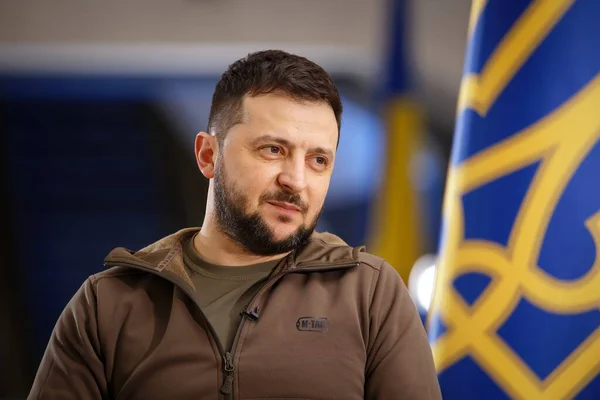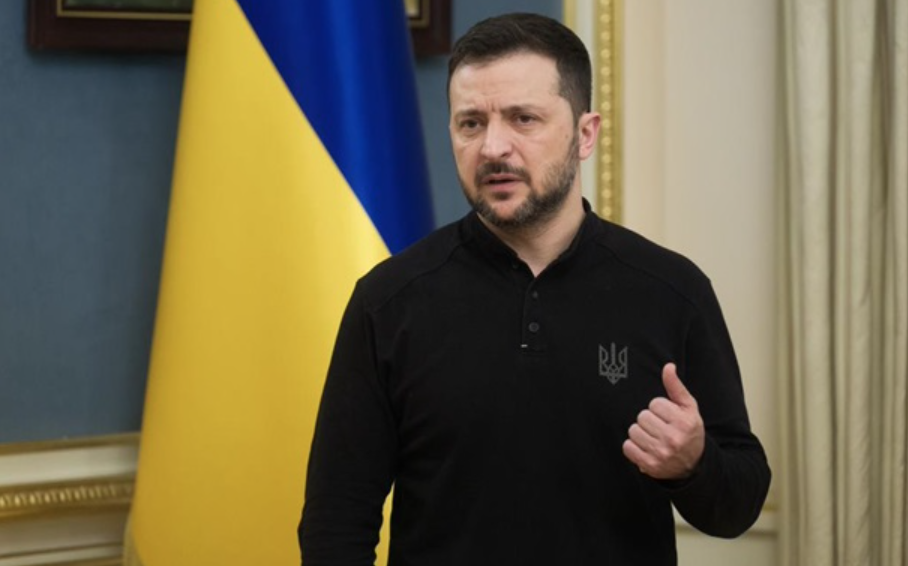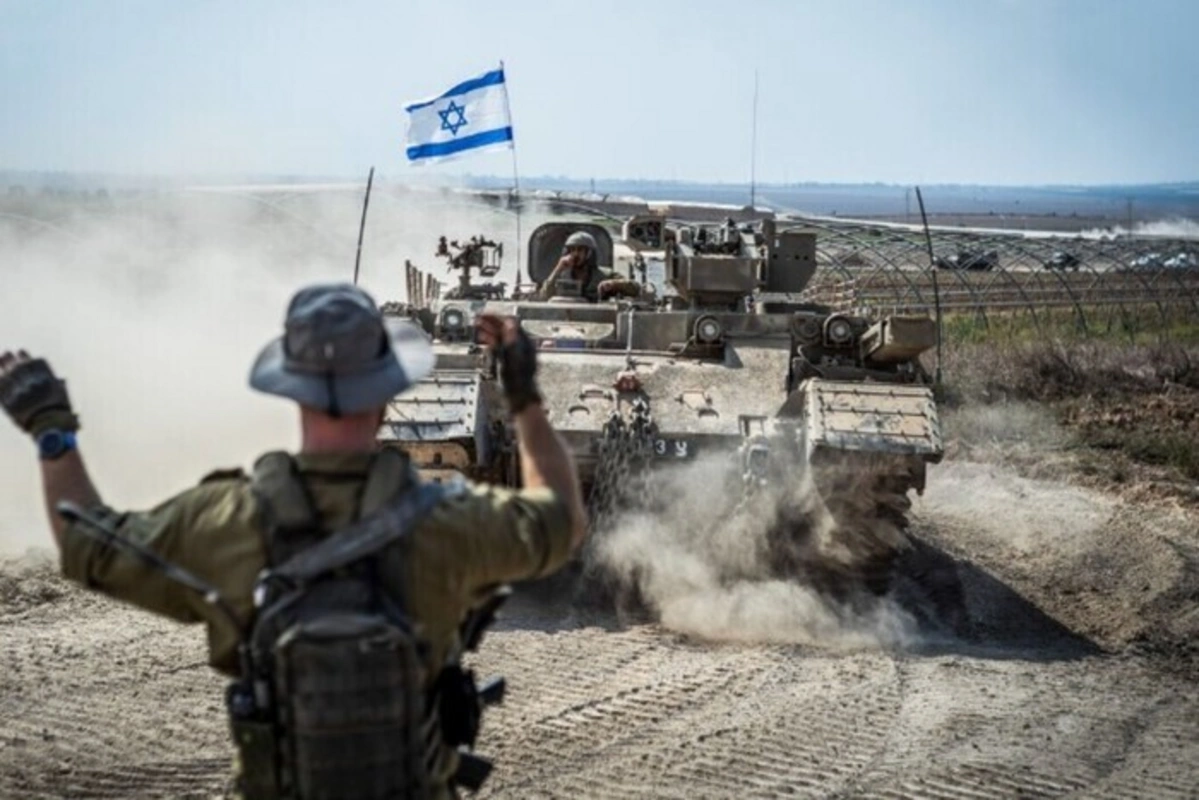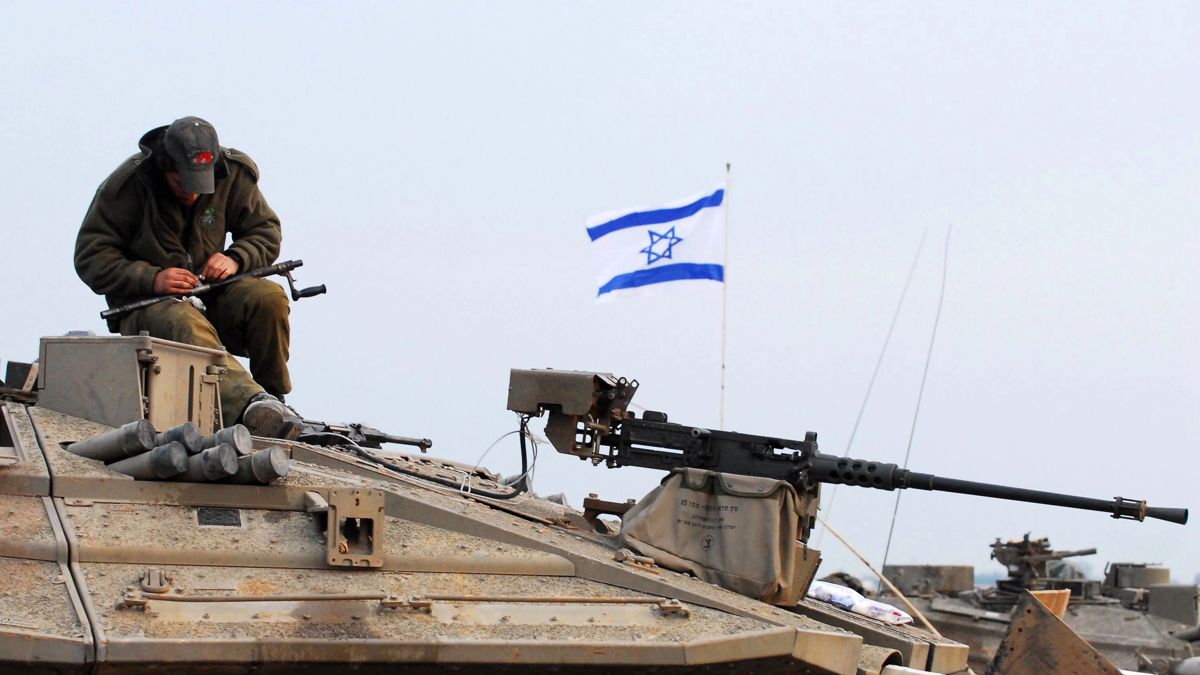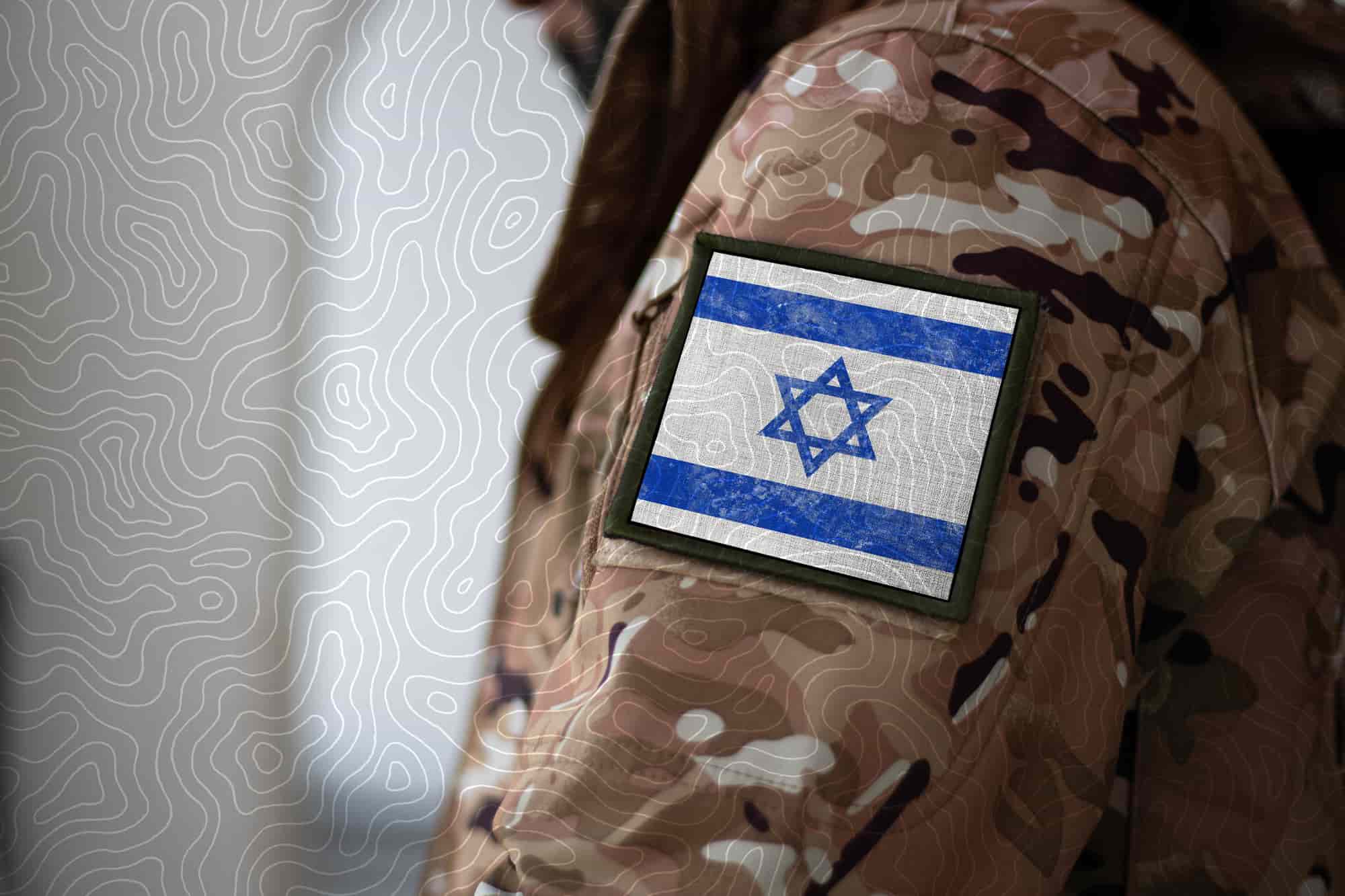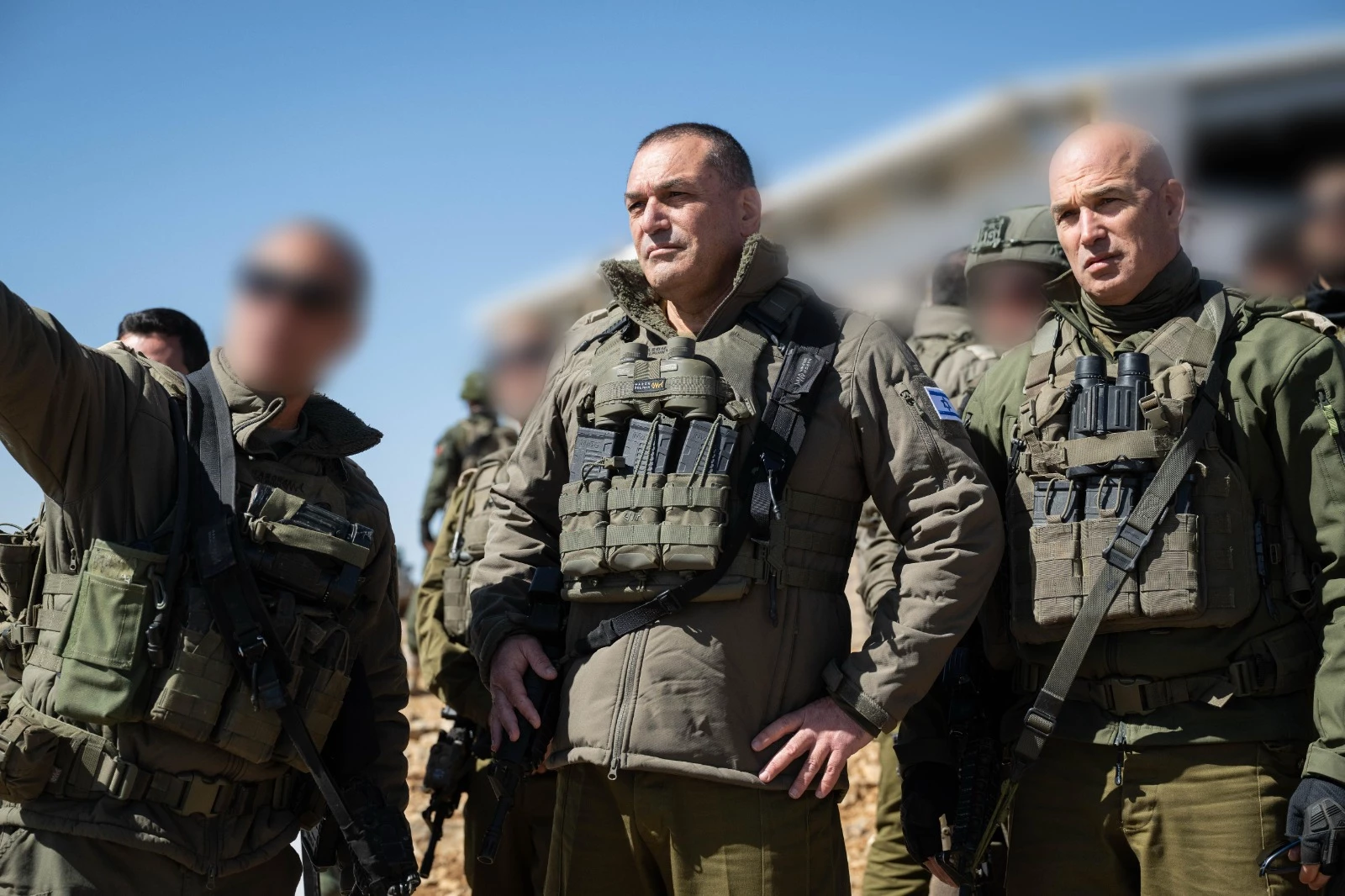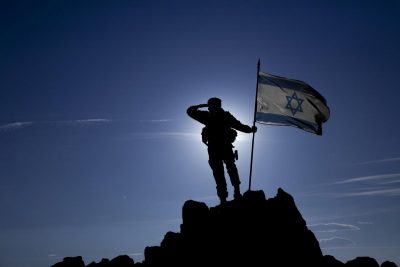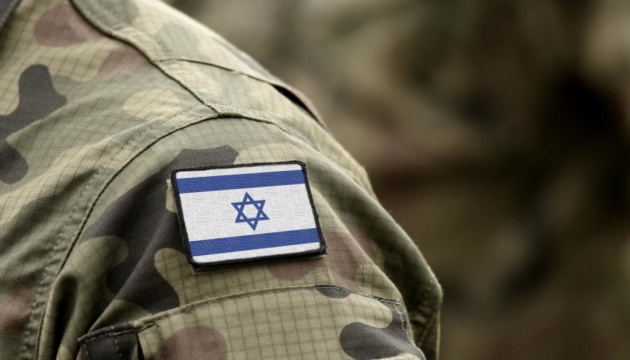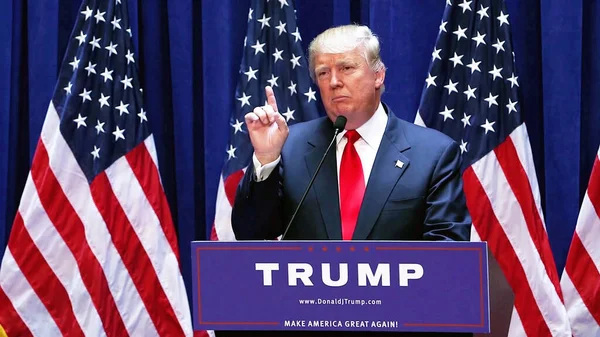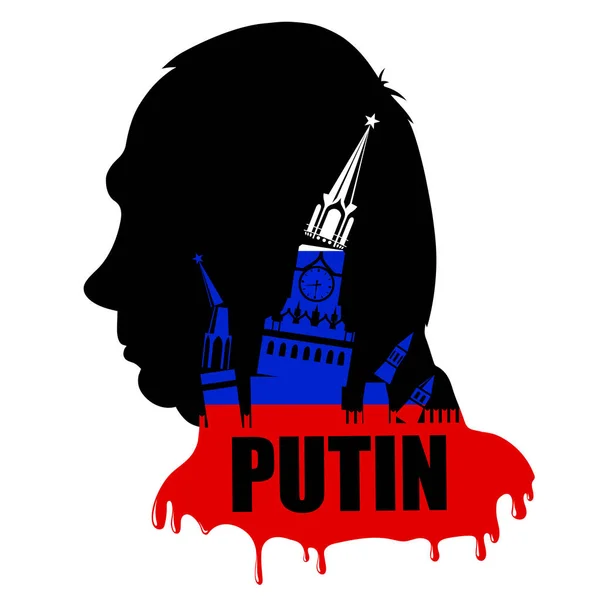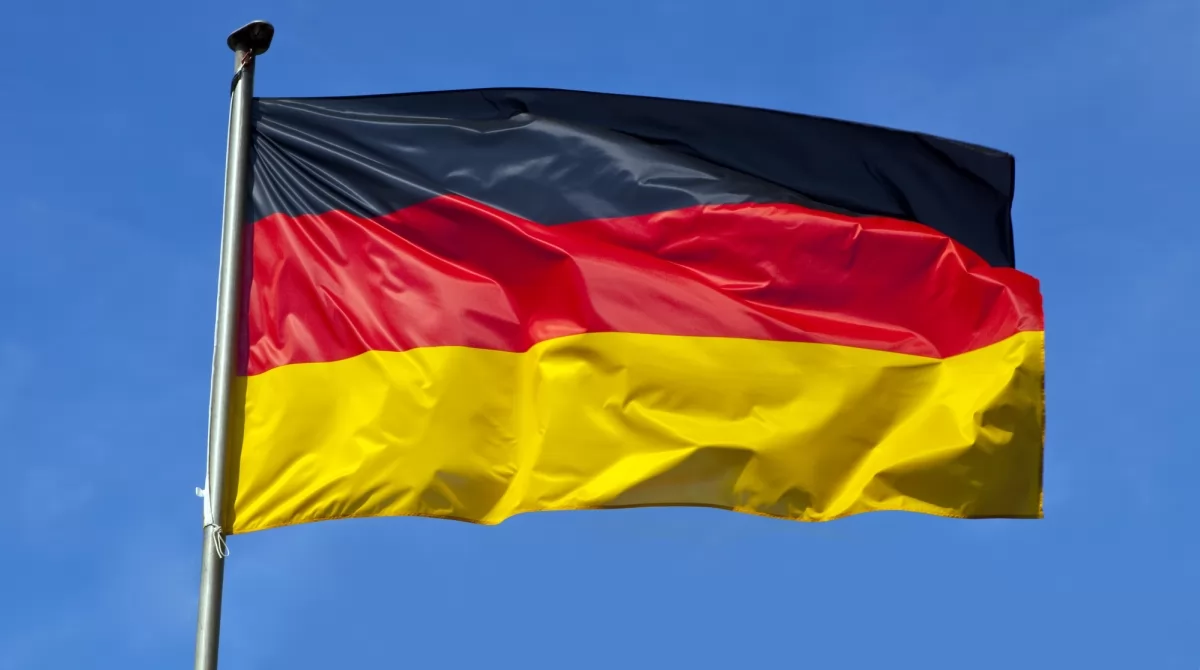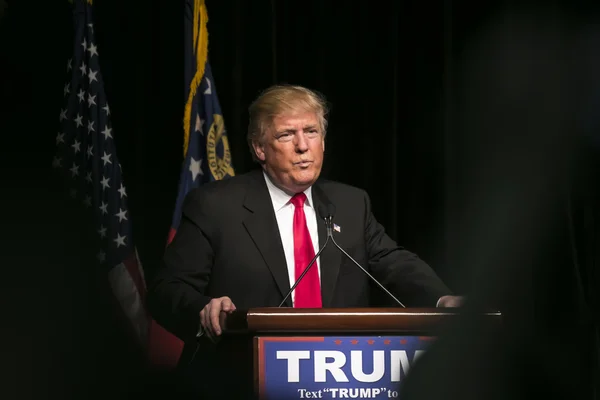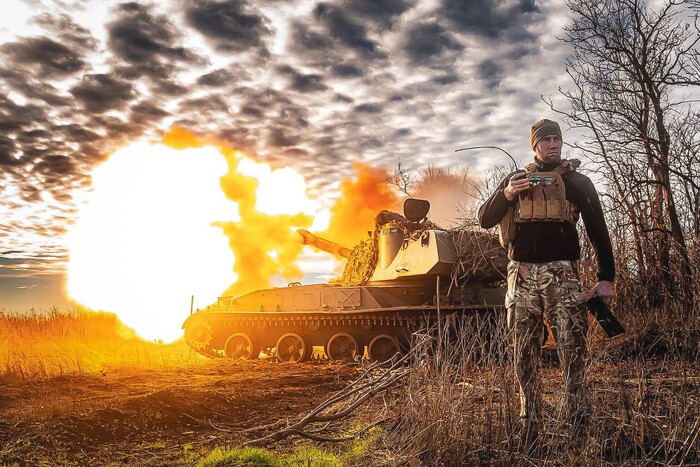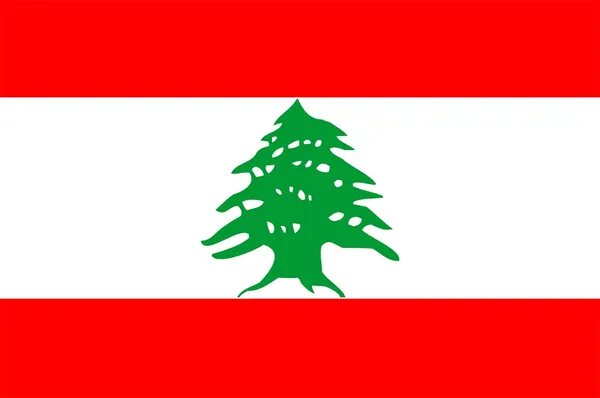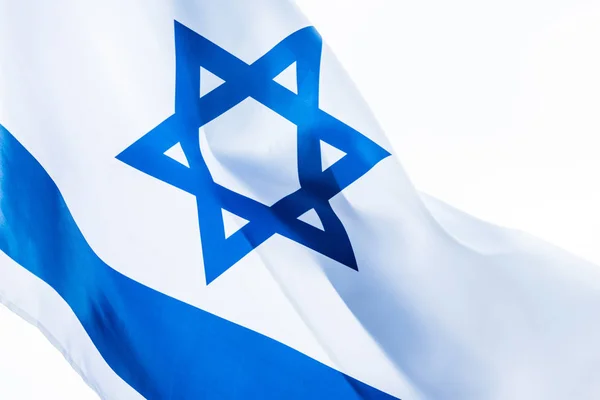Photo: Depositphotos
Kyiv, Ukraine – During a meeting of the Supreme Commander-in-Chief’s Staff, President of Ukraine Volodymyr Zelenskyy approved the composition of army corps and appointed commanders to head the newly created units. This was reported by Yuriy Butusov, editor-in-chief of Censor.NET.
The appointment of commanders and formation of corps will take place over the next month.
18 army corps: composition and subordination
According to the new plan:
– 13 corps will beformed as part of the Land Forces.
– 2 corps will be partof the Air Assault Troops.
– 1 corpsfor the Marines.
– 2 corpsare part of the National Guard of Ukraine.
Most corps will include 5 brigades each, and one corps will have an expanded strength of 7 brigades. Commanders will be responsible for a specific frontline and will be assigned a set of troops.
Who will lead the army corps?
Among the commanders appointed by Zelenskyy are well-known military leaders as well as new names:
– Ruslan Shevchuk
– Roman Darmograi
– Vasyl Matiyev
– Dmitry Voloshin
– Andriy Biletsky isthe leader and founder of the Azov regiment.
– Denys Prokopenko, Hero of Ukraine, former commander of Azov.
– Igor Obolensky isa well-known commander of the National Guard.
The appointment of such well-known commanders as Biletskyi and Prokopenko demonstrates the intention to strengthen combat units with experienced officers with real combat experience.
New structure of the Armed Forces of Ukraine
According to Zelenskyy, there are currently 880,000 soldiers serving in the Ukrainian army, and the Armed Forces of Ukraine include 110 brigades. The creation of new army corps will allow for better coordination between units and strengthen the country’s defence capabilities.
“A strong structure of the Armed Forces and clear command are the key to our victory,” President Zelenskyy said.
Strengthening Ukraine’s defence capabilities
The creation of the new army corps is part of a strategy to strengthen Ukrainian forces and optimise command in the context of a protracted war with Russia. The new structure is expected to allow for more effective command and control of combat operations in different parts of the frontline.

